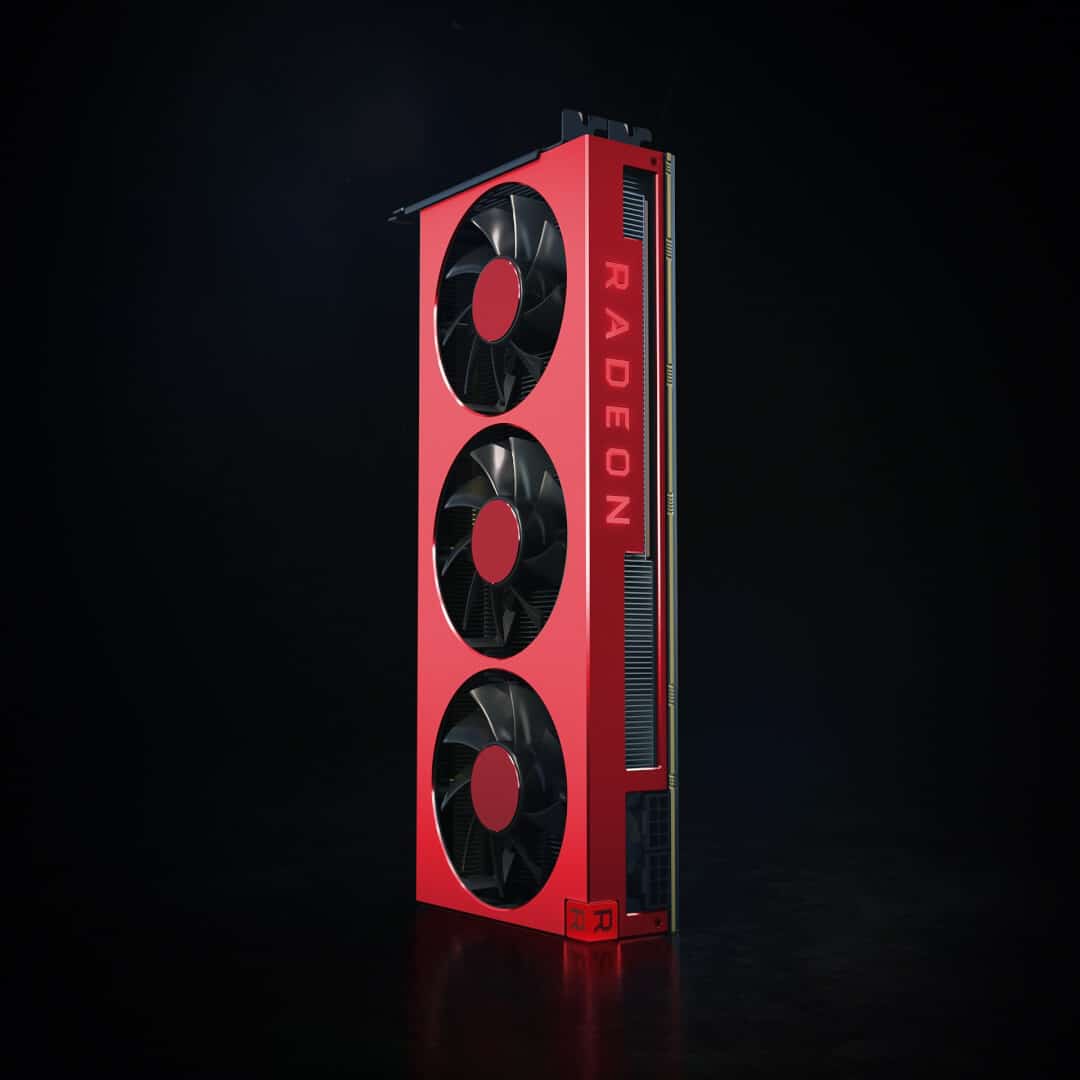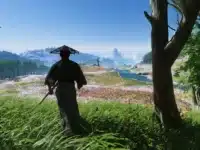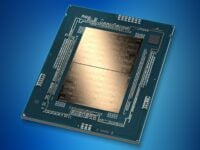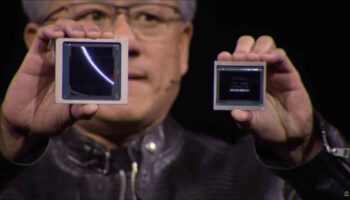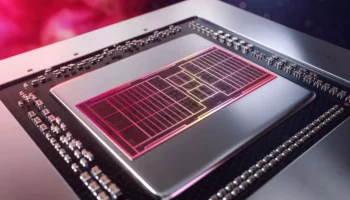AMD’s older Radeon GPUs based on the GCN architecture now support ray-tracing, at least when using the open-source Vulkan API. You will now be able to utilize ray-tracing in GPUs going back as far as GFX6 or GCN 1.0 which was released 10 years back with the Radeon HD 7000 series. This is implemented using LBVH, short for Linear Bounding Volume Hierarchy which is a critical step in real-time ray-tracing.
Earlier, the Mesa 22.2 library was updated with support for only the RDNA GPUs. The RDNA 2 architecture which features dedicated Ray Accelerator Units was the primary focus. Although GCN now supports ray-tracing, it’s notably slower and redundant for real-time rendering.
The developers continue to improve ray-tracing performance across the Radeon portfolio using clever tricks like LBVH to make the experience more bearable. NVIDIA’s RTX 30 graphics cards have had a notable advantage over AMD in this department. Rumors paint a rosy picture of RDNA 3 but only time will tell if it’ll be enough.
In the GravityMark benchmark, LBVH boosted the performance from just 13 FPS to a whopping 250 FPS. However, this is a cherry-picked example, and don’t expect the same kind of gains elsewhere.
Source: Phoronix
